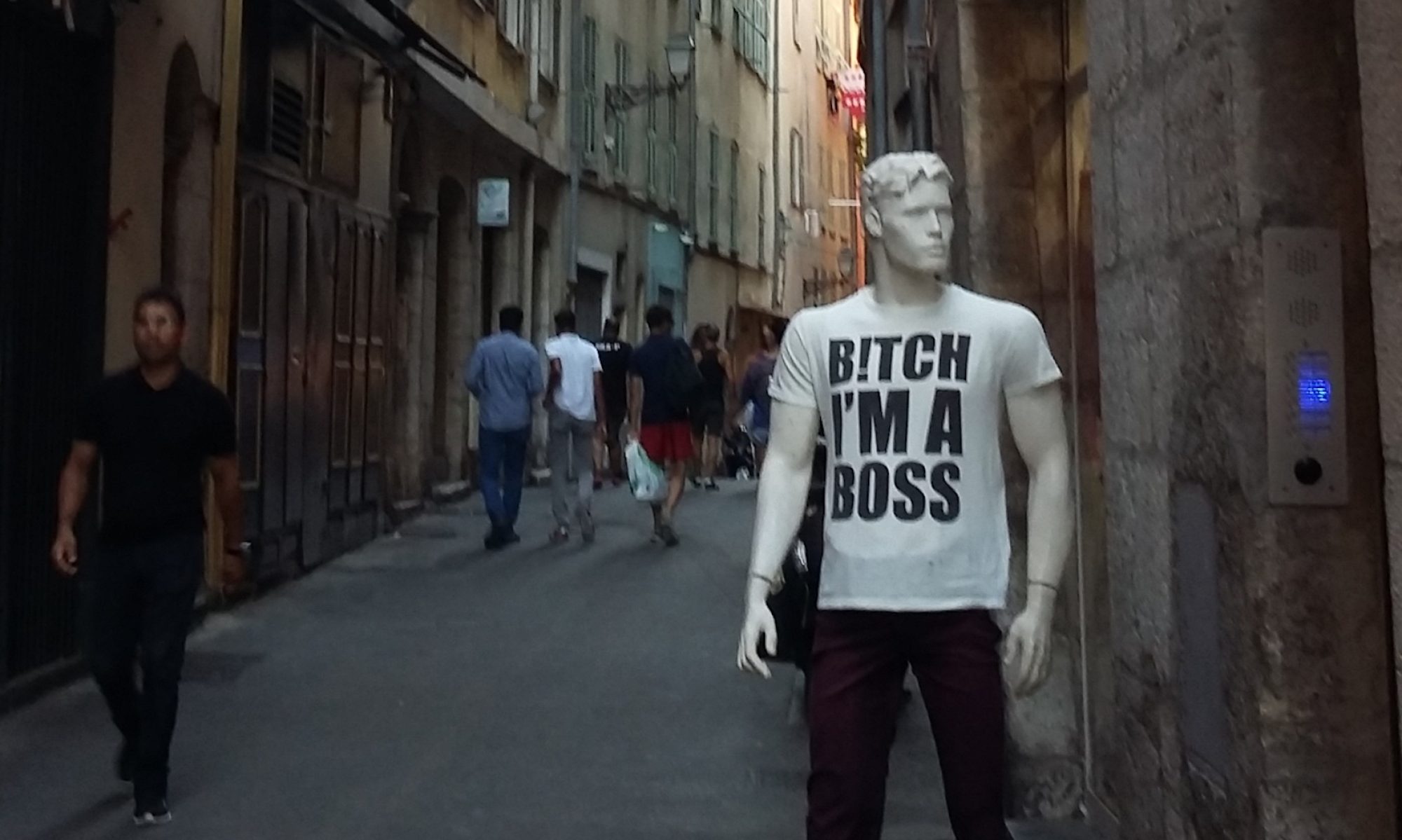By Anna Lioliou
Segment of a commentary about Intercultural cities.
What came to be in Burgess park is a beautiful example of self-organized agency and active participation not only in public space, but in public life . Meanwhile, the example of the Chinese-Peruvian owned grocery store deserves a more multi-layered analysis. In general, the axis of power structures within multicultural and intercultural sites need the perspective of economy: a capitalist and neo-liberal economy. In my experience, some people tend to feel annoyed that in their diasporic lives there is a repetition of the power structures experienced in their original home. Specifically in North America, Africans and black Caribbeans are becoming skeptical of the fact that most trade businesses that carry their products are run by Chinese, Lebanese, Syrian and Indian descent people of those regions. They are reminded of the racialized structures and roles of their colonial and neo-colonial societies. The latter example also made me think of gentrified spaces that become because of these inequalities. Multiple cultures are suddenly a trend and decided to be enjoyed and consumed by the dominant culture while the benefits and their distribution remain unclear. bell hooks (1992) analyzes this as ‘eating the other’: unequal consumptions of one another, as a tactic to not only come closer to ‘others’ but assume agency because of this interaction. Although adopting and adapting to different cultures is something wonderful, natural and historic, we need to always make room for critical conversation on appropriation as to not repeat movements that might loudly or subtly emphasize inequalities. Finally, all these movements I decided to expand upon are necessary and vital to this intercultural mechanism that allows us to negotiate and engage in power inequalities. Utopic and easy situations are rarely realistic and our best bet is to be available to the difficult situations and not be afraid to address issues while being critical. These are some of the ways we can make our cities less polarized and divided while resting assured that these are well taken care of by the people on the streets already. These conversations are already there, always have been.
